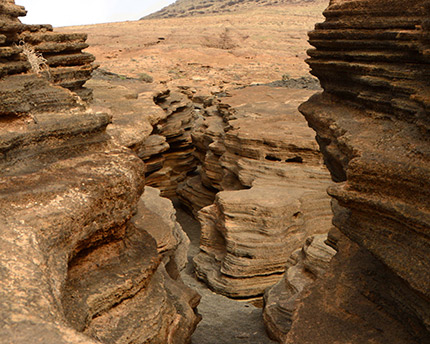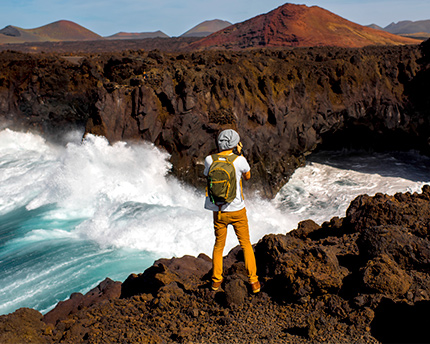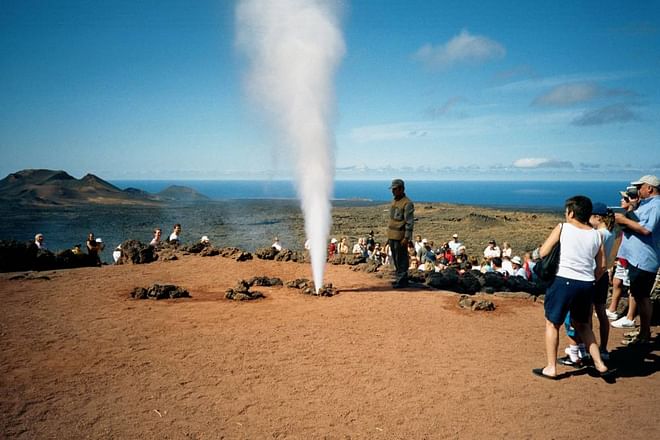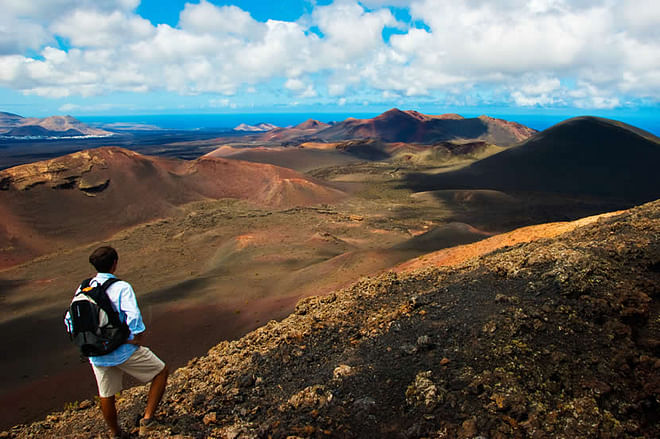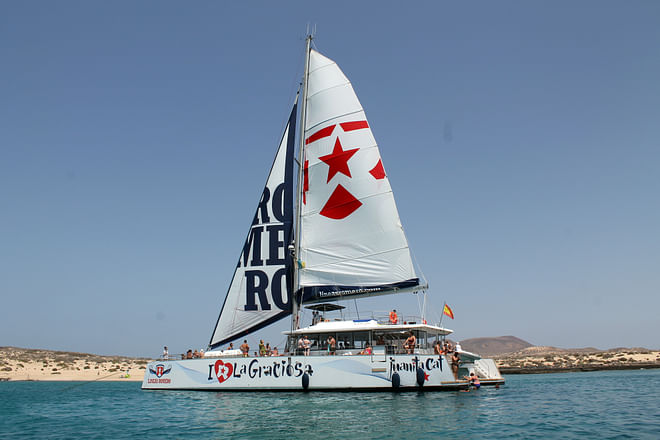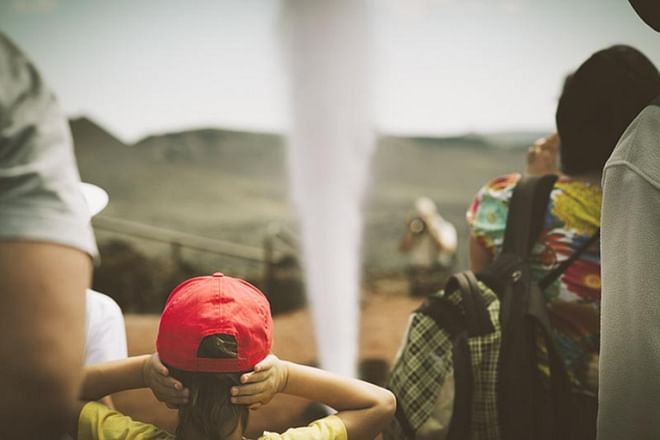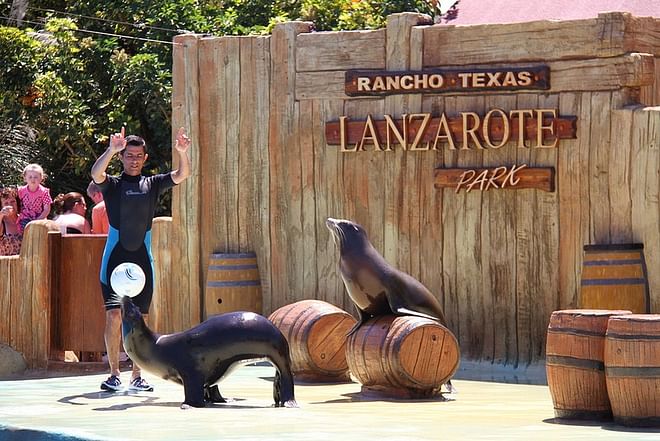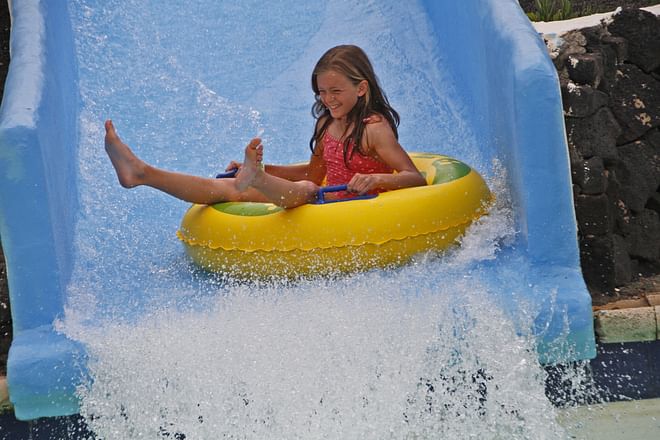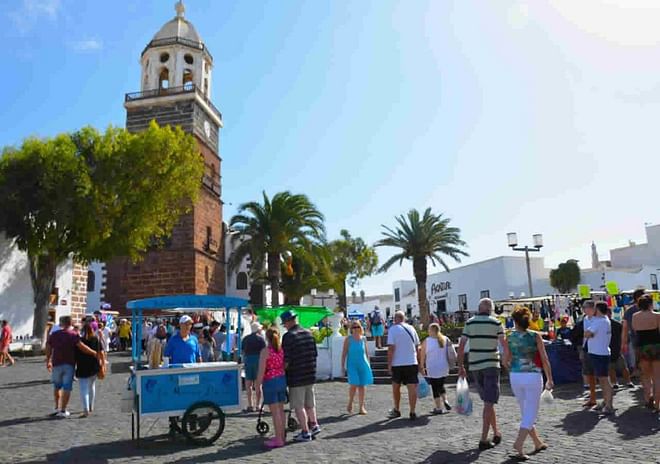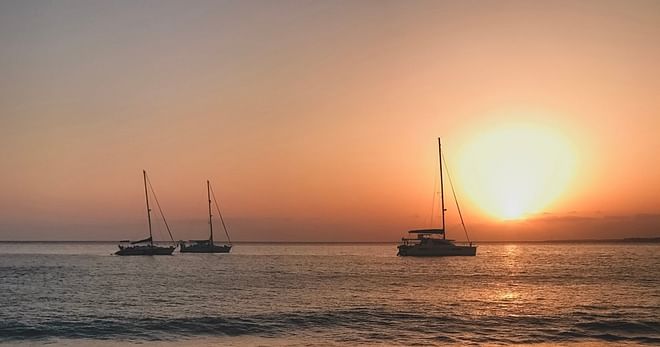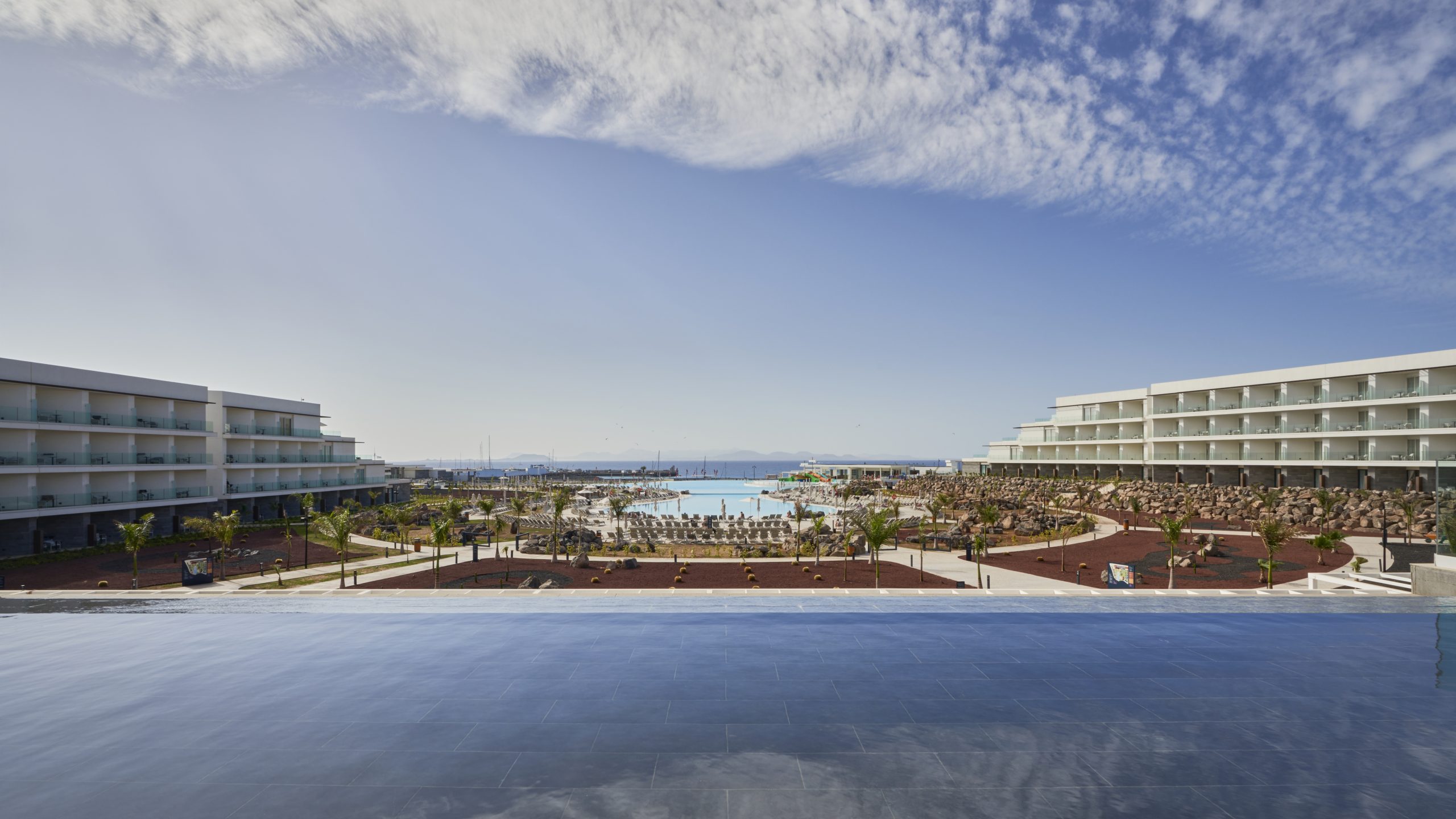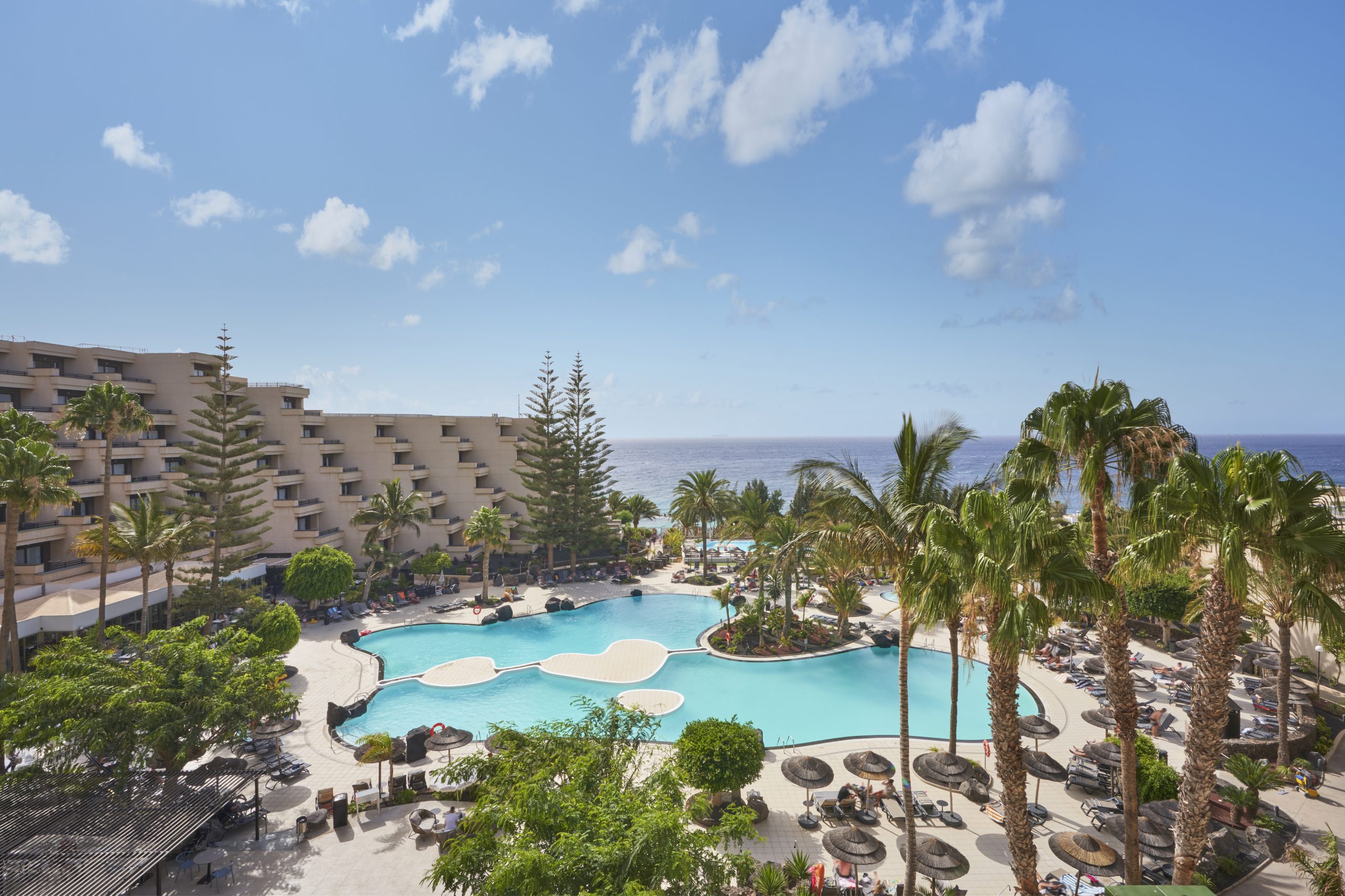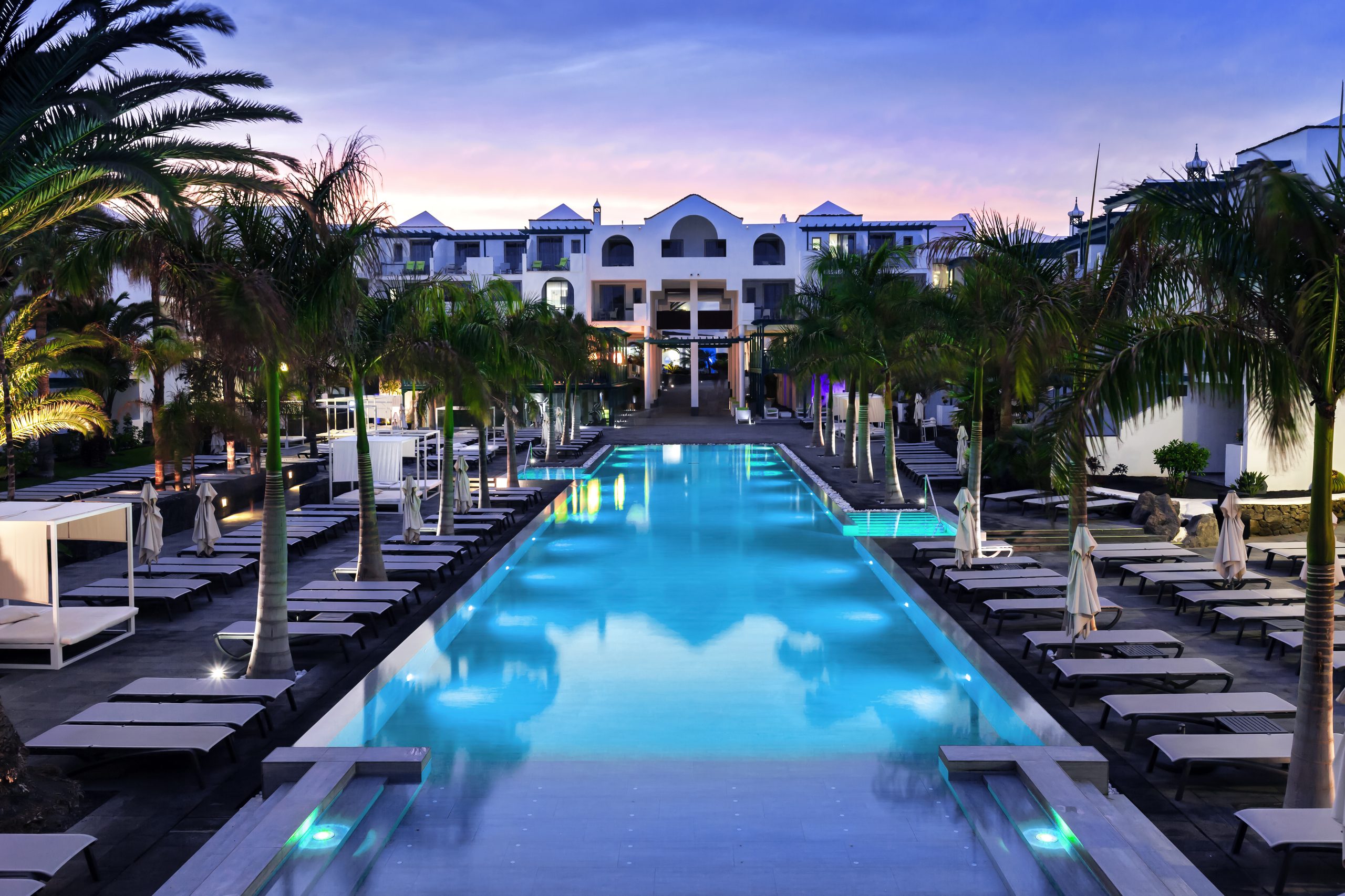On the Costa de Yaiza in the south-west of Lanzarote, the old salt flats, the Salinas de Janubio (created 120 years ago), stretch across 168 hectares of volcanic land. Like an exquisite garden planted with salt, the bluish white of the flats contrasts with the dark earth of the adjoining Timanfaya Natural Park, and is a perfect illustration of the ingenuity of the people of Lanzarote, known as conejeros, in dealing with adverse conditions. The salt flats also illustrate another ever-present theme on the island: that of farming activity taking place sustainably within its environment. This was a philosophy well understood by the Canarian artist César Manrique, who captured the beauty of places such as this in one of his writings: “The sight of salt flats never fails to make an impression on me. Those in Lanzarote have struck me with the beauty of their geometry and their dazzling colour… The whole site is reminiscent of a framed Mondrian composition.” Awarded the status of Biosphere Reserve by UNESCO in 1993, and reclassified by local authorities as a Site of Scientific Interest in 1994, Salinas de Janubio embraces architecture, culture, ethnography, landscape and environment all at once, making an interesting visit even more fascinating.
A history of salt on Lanzarote
There can scarcely be a kitchen in the entire world that does not use salt, which is considered the oldest additive in the world. Thanks to the ubiquitous use of salt and the fact that since ancient times, Lanzarote has been an intersection for travellers from different towns and cultures, it is believed that even before the aboriginal inhabitants, the search for salt brought the Romans to the island. Evidence of this is provided by amphoras discovered in the Río (the narrow waterway that separates Lanzarote from the island of La Graciosa), and some cocederas (natural batteries) found near the sea, which appear to have been slightly modified so that they could be used as primitive salt-making devices.
From the earliest times, salt was a valuable commodity and therefore a prized addition to any state’s public coffers. In Lanzarote particularly, salt was always an important pillar of the economy. This is demonstrated by a Royal Decree which, in 1605, reached the ruling Council of the Canary Islands, instructing it to incorporate the existing salt flats as a monopoly of the Royal Estate. The creation of modern salt works at Las Salinas de Janubio began towards the end of the 19th century on the initiative of Vicente Lleó Benlliure who would eventually leave them to his nephew who completed them in 1945.
But before the creation of the salt works, crops such as wheat, maize, rye and oats were cultivated on this land. It was an instance of an ill wind blowing some good that made the area into what we see today. It is thanks to the historic eruptions of Timanfaya between 1730 and 1736 that nowadays a quarter of the island is clothed in black; lava produced by the eruptions also closed off the gulf where the Salinas de Janubio are found today.
The Salinas de Janubio nowadays
Nowadays, the visitor to this area is struck by the stunning and immediately striking contrast, of the white flats against the black sands of Playa de Janubio. They appear to their best advantage at sunset: in this light the pools of water, delineated by handmade channels of stone and mortar, reflect the sun and produce the colours and hues that visitors find breathtakingly beautiful.
Currently, the Salinas de Janubio are the most extensive and oldest salt flats in the entire Canary Archipelago. But beware, this distinction comes at a price. In Lanzarote, the Salinas de Janubio and the Salinas Los Agujeros are the only salt works remaining in operation, the only survivors of a centuries-old tradition which has seen the disappearance of nearly thirty such enterprises in recent years. Although the Padrón Lleó family remains at the helm of the undertaking, it is in the figure of Modesto Perdomo that we find the real meaning of this place. The son and grandson of salt makers, he reflects an unparalleled ethnographic case study: that of the surrounding villages that were created in the wake of a business that came to employ up to a hundred people by the beginning of the twentieth century. Perdomo has worked in the salt flats for fifty years, endeavouring to keep alive the long tradition of craftsmanship. That is why mechanisation is conspicuous by its absence—while it may come as a surprise, the salt is collected in yearly cycles, in a similar way to the harvesting of agricultural crops. If you are interested in seeing the salt being collected, we recommend visiting during the spring and summer months, since for the rest of the year the salt flats are under maintenance.
It is worth remembering that the Salinas de Janubio have been declared a Site of International Importance because of the seventy species of birds found here throughout the year, particularly the nesting birds, such as the common stork and the Kentish plover, and the flightless birds, such as the flamingo and the Berthelot’s pipit.
Fleur de sel in the Salinas Bodega
Although, years ago, these salt flats were closely linked with the fishing and salting industries, as well as with the marketing of brine for fishing vessels, the growing importance of tourism as a pillar of the economy, and the decline of industry inevitably resulted in a fall in the demand for salt. To give us an idea, just two thousand tons of salt are currently produced annually, compared with ten thousand tons a mere fifty years ago.
That is why Salinas has found a new outlet for its salt. The health benefits of sea salt, particularly artisan sea salt, have provided the selling point for this star product. Produced with haute cuisine in mind, Fleur de Sel is obtained by harvesting the top layer from the salt floating in the salt pits or wells, which apparently contains a higher proportion of iodine.
It is sold in packs in the Bodega, a small building located at the foot of the Salinas, which as well as a shop, is also used to store machinery. Note: If you plan to spend the day here, the nearby town of El Golfo offers an amazing culinary experience where you can sample typical Canarian dishes seasoned with this legendary Janubio salt.




































































